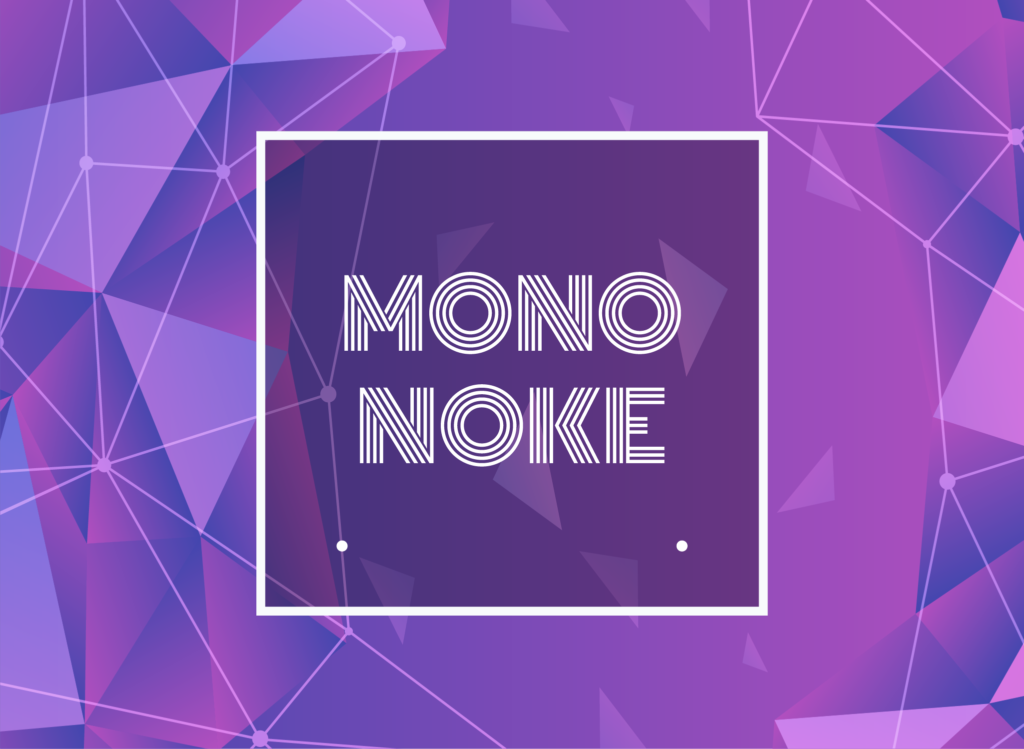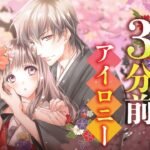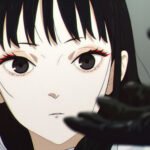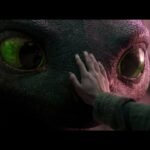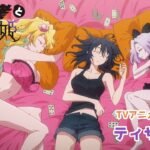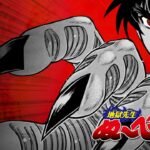As an avid anime fan, there’s a special place in my heart for “Mononoke” (モノノ怪). This uniquely stylized series captured my imagination from the very first episode with its stunning visuals and profound storytelling. With new movies set to release in 2024 and 2025, now is the perfect time to revisit this masterpiece or discover it for the first time.
In this article, we’ll delve deep into the world of “Mononoke,” exploring its origins, spellbinding narratives, and the elements that make it a standout in Japanese animation. Whether you’re gearing up for the upcoming films or seeking an exceptional anime experience, join us on this journey through one of the most artful and compelling series ever created.
The Origins of “Mononoke”
From “Ayakashi” to “Mononoke”
The journey of “Mononoke” began with the 2006 anthology series “Ayakashi: Samurai Horror Tales.” Specifically, the enigmatic “Bakeneko” arc introduced us to the mysterious Medicine Seller, a character that resonated so profoundly with audiences that it spurred the creation of a dedicated series.
In 2007, “Mononoke” emerged as a standalone anime, expanding on the Medicine Seller’s adventures. The series delves into his encounters with malevolent spirits known as Mononoke, exploring the depths of human emotion and the supernatural.
A Visual and Artistic Masterpiece
What truly sets “Mononoke” apart is its unique art style. Combining traditional Japanese motifs with washi paper textures, vivid colors, and bold patterns, each episode unfolds like a moving piece of art. The animation draws inspiration from Ukiyo-e prints, Edo-period aesthetics, and even elements of Western art movements, creating a visual experience that’s both mesmerizing and unparalleled.
Exploring the Narrative Arcs
“Mononoke” consists of several story arcs, each a self-contained tale weaving together horror, mystery, and existential themes. Let’s delve into these captivating narratives:
1. “Zashiki-warashi” (The House Spirit)
Synopsis
The Medicine Seller arrives at an old inn where a pregnant woman seeks refuge. As the inn’s dark past unravels, entities known as Zashiki-warashi—spirits of neglected children—begin to manifest, bringing to light tales of sorrow and hidden atrocities.
Highlights
- Themes of Innocence and Loss: This arc poignantly explores the plight of forgotten souls and the consequences of buried secrets.
- Emotional Depth: The story delves into heavy topics with sensitivity, making it one of the most emotionally impactful arcs.
2. “Umibozu” (The Sea Monk)
Synopsis
A sea voyage turns perilous when the ship strays into a mysterious sea triangle. Passengers, each harboring deep-seated fears, confront spectral apparitions. The Medicine Seller must unravel the truth behind the ominous Umibozu to save them.
Highlights
- Psychological Exploration of Fear: The arc delves into the darkest corners of the human psyche, examining how fear can distort reality.
- Stunning Visuals: The depiction of the vast, mysterious ocean enhances the story’s haunting atmosphere.
3. “Noppera-bō” (The Faceless Monster)
Synopsis
In a tale of identity and societal pressure, the Medicine Seller encounters a woman oppressed by expectations and traditions. As she loses her sense of self, a Noppera-bō—a faceless apparition—emerges, embodying her eroding identity.
Highlights
- Critique of Societal Norms: The story challenges traditional roles and the cost of conforming at the expense of one’s identity.
- Minimalist Imagery: The use of stark visuals underscores the themes of emptiness and loss of self.
4. “Nue” (The Chimera)
Synopsis
Within a secluded mansion, a deadly game unfolds. The Medicine Seller joins a group competing in a traditional incense contest, but hidden motives and supernatural forces involving the Nue—a mythical chimera—lead to treachery and revelation.
Highlights
- Intriguing Mystery: Blending elements of a whodunit with supernatural horror keeps viewers on the edge of their seats.
- Exploration of Greed: The arc delves into human avarice and the destructive pursuit of power.
5. “Bakeneko” (The Goblin Cat)
Synopsis
Returning to the roots of the series, this arc is set during Japan’s Taisho period, a time of modernization and change. A train becomes haunted by the Bakeneko, leading the Medicine Seller to uncover a story of vengeance tied to societal neglect.
Highlights
- Fusion of Old and New: The juxtaposition of traditional folklore against a backdrop of modernity creates a unique narrative tension.
- Themes of Justice: The story examines retribution and the consequences of societal indifference.
The Enigmatic Medicine Seller
A Mysterious Protagonist
The Medicine Seller is the enigmatic figure at the heart of “Mononoke.” With his calm demeanor, cryptic dialogues, and an ever-present smile, he is as captivating as the spirits he confronts. His true identity remains shrouded in mystery, adding to the allure of the series.
The Quest to Unveil Truths
To exorcise a Mononoke, the Medicine Seller must uncover its:
- Form (Katachi)
- Truth (Makoto)
- Reasoning (Kotowari)
This process involves meticulous investigation and psychological scrutiny, driving each narrative forward. It’s not merely about defeating a spirit but understanding the human emotions and actions that gave rise to it.
Artistic Excellence and Cultural Richness
A Feast for the Eyes
“Mononoke” is renowned for its artistic innovation. The series employs:
- Traditional Japanese Art Styles: Incorporating elements like Ukiyo-e and Kirie (paper cutting art).
- Bold Color Schemes: Vivid hues that enhance the surreal and ethereal atmosphere.
- Symbolic Imagery: Visual metaphors are abundant, providing deeper layers of meaning.
Cultural and Philosophical Depth
Beyond its aesthetics, “Mononoke” offers rich insights into:
- Japanese Folklore and Mythology: Each arc centers around a different spirit or legend.
- Human Psychology: Exploring themes like fear, guilt, desire, and identity.
- Societal Commentary: Critiquing aspects of tradition, modernity, and moral dilemmas.
Why Now Is the Perfect Time to Watch “Mononoke”
Anticipation for the Upcoming Movies
With “Mononoke the Movie: Phantom in the Rain” released in 2024 and “Mononoke the Movie: The Ashes of Rage” set for March 14, 2025, there’s burgeoning excitement in the anime community. These films continue the Medicine Seller’s journey, promising to delve deeper into the mysteries and expand on the series’ rich lore.
A Personal Recommendation
Having adored the TV anime, I can’t emphasize enough how “Mononoke” stands as a testament to what animation can achieve as an art form. Its narratives are timeless, and its themes remain relevant, making it a series that deserves multiple viewings.
Accessibility
For viewers in the United States and beyond, “Mononoke” is available on various streaming platforms. It’s the perfect opportunity to immerse yourself in this masterpiece before diving into the new cinematic chapters.
“Mononoke” transcends conventional anime storytelling, offering a profound, thought-provoking experience wrapped in breathtaking artistry. Its exploration of human nature, combined with its distinct visual style, makes it a standout series that continues to resonate with audiences worldwide.
As we eagerly await the new movies in 2024 and 2025, there’s no better time to (re)discover the world of the Medicine Seller. Whether you’re a seasoned fan or a newcomer, “Mononoke” promises an unforgettable journey into the depths of folklore, emotion, and art.
More Articles about Mononoke Anime

